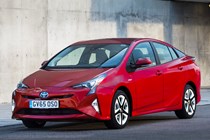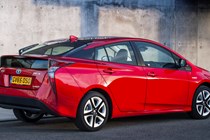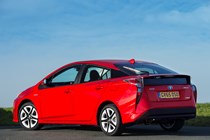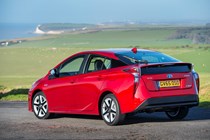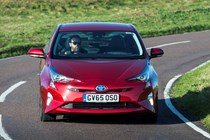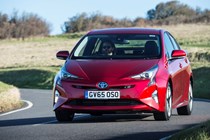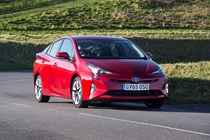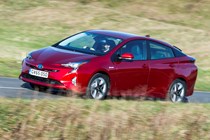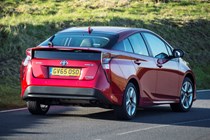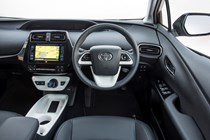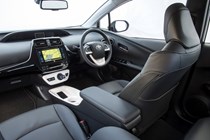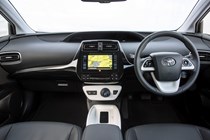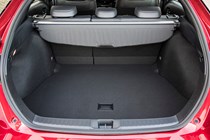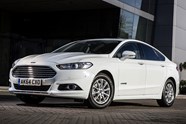
Toyota Prius Hatchback (2015-2022) review
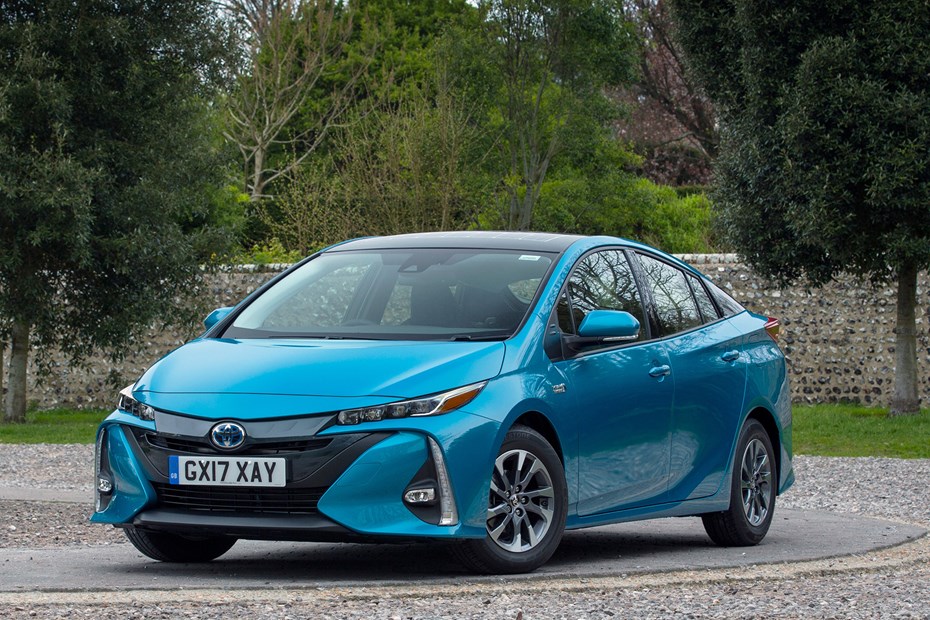
At a glance
| Price new | £24,150 - £29,390 |
|---|---|
| Used prices | £8,001 - £21,447 |
| Road tax cost | £20 - £195 |
| Insurance group | 13 - 14 |
Get an insurance quote with

|
|
| Fuel economy | 58.9 - 67.3 mpg |
| Range | 738 - 785 miles |
| Miles per pound | 8.6 - 9.9 |
| Number of doors | 5 |
| View full specs for a specific version | |
Available fuel types
Hybrid
Pros & cons
- Plug-in’s 30-mile EV range
- Distinctive design
- Generously equipped
- Won’t satisfy keener drivers
- Pale interior colours may age quickly
- Plug-in only has four seats
Toyota Prius Hatchback (15-22) rivals
Overview
The Toyota Prius is now the go-to eco car in its market sector. That’s quite an achievement considering that there are a number of players in the hybrid-specific segments of the market with the Hyundai Ioniq, Kia Niro and its premium in-house rival, the Lexus CT, the new Prius’s most obvious competition. The Toyota C-HR is another in-house hybrid alternative.
Hybrid – and Plug-in – versions of otherwise conventional cars are beginning to proliferate, offering further challenges to the Prius: petrol-electric derivatives of the BMW 3 Series, Ford Mondeo and Volkswagen Passat pose a threat to the Toyota, as does the Audi A3 e-Tron. Plus there’s the inescapable truth that since its introduction the much cheaper Toyota Auris hybrid has taken away some of the Prius’s popularity.
Love/hate it? Toyota Prius’ space-age styling and design
In terms of styling details, the Prius is something of an acquired taste. The Plug-in’s simpler design is a little less controversial, meanwhile. Not only is the car 20mm lower than before, it’s 60mm longer lending it a sleeker form, cleaving the air with impressively little resistance – boosting economy and reducing wind noise.
The bonnet line is low – Toyota’s at pains to point out the nose badge sits at the same height as the GT86 coupe’s – improving forward visibility in the process. More of a talking point are the unusually shaped, oversized lights at either end, illuminated in part with LED technology.
The Plug-in version gets a slightly more conventional look at the front with its horizontal lights, while the back features swooping units that extend across the whole width of the car. The contoured ‘double bubble’ glass on the hatchback is distinctive, too. Introduced on the 2004-09 Prius, the split rear window arrangement continues, with a more dramatic spoiler sitting atop a convex lower screen. Despite the horizontal plane in your rear-view mirror it doesn’t hamper visibility significantly.
Differences between hybrid and Plug-in Toyota Prius
Whichever Toyota Prius derivative you opt for, all are powered by a 1.8-litre petrol engine working in conjunction with electric assistance. The hybrid model features one motor, which allied with the engine produces 123hp, with up to 163Nm of torque instantly available. There’s also an All-wheel drive option with this engine for added grip. Meanwhile the Plug-in version gains an additional motor, though it produces the same overall power.
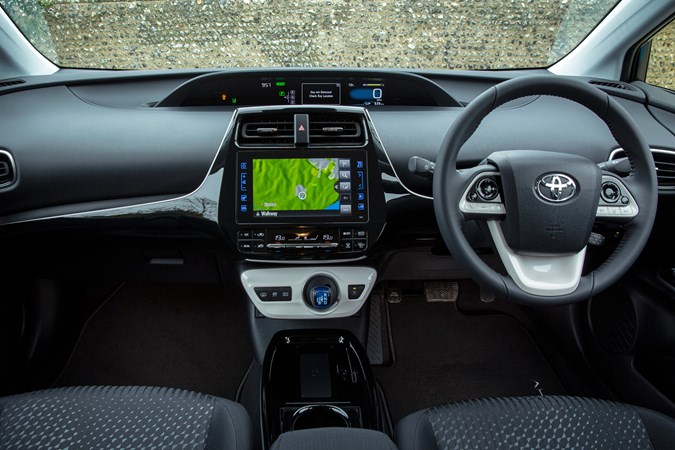
Stick to 15-inch wheels – standard on lower trims and a reduced-cost option on higher ones and the only option for plug-in models – for the greatest efficiency. Toyota claims an impressive 59.6-67.3mpg and emissions of just 94g/km of CO2. Opt for all-wheel drive and those numbers change to 58.7-58.9mpg and 109g/km.
Despite low emissions – which drop to 28-34g/km for the Prius Plug-in Hybrid – both cars will attract the standard VED car tax rate. You only save on the first year tax with this model.
Impressive ‘self-charging’ hybrid drive system
Toyota has worked to improve the hybrid system’s effectiveness, notably with the battery pack, located under the rear seat to liberate more boot space and recharging 28% more quickly.
More electric power’s used to propel the Prius too, allowing it to get up to urban speeds quicker; accelerate hard when joining motorway traffic and you still get the characteristic Prius engine noise – due to the CVT automatic gearbox holding the petrol engine at high speeds – although admittedly it’s less intrusive than before.
The Plug-in hybrid, on the other hand, has been optimised for electric running, with boosted electric range – with an official figure of 39 miles – encouraging drivers to charge up more often. Underneath the eye-catching body, the Prius sits on a new platform, which will also underpin the replacements for the Toyota Prius+, the Toyota C-HR and the Lexus CT.
Toyota Prius: plenty of kit and tech as standard
The Toyota Prius is available in four specification grades, of which the top two can be selected on the Plug-in model – Business Edition Plus and Excel.
Even entry-level Active trim features dual-zone climate control, LED headlights, DAB radio and adaptive cruise control. Additionally there’s a raft of active safety technology to help minimise the risk of an accident occurring as well as useful features such as self-parking and a clear head-up display system projecting your speed and a display showing how economically you’re driving onto the windscreen.




